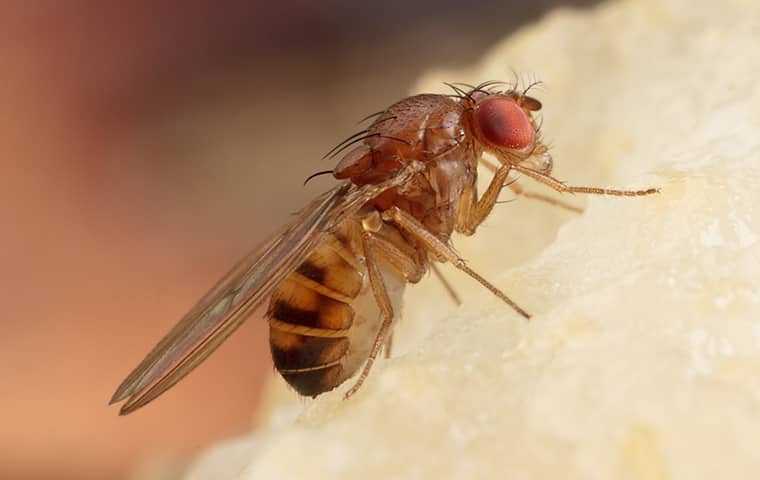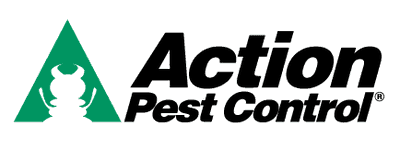Have Phorid Flies Infested Your Home This Spring?

Phorid flies, sometimes confused with fruit flies, are also known as sewer flies. They can be found all over the world even though they prefer warm, tropical regions. One noted characteristic of the phorid fly is the humped thorax, earning another common name of the humpbacked fly.
The phorid fly ranges in color from black to a dull brown and yellow. These small flies are often mistaken for gnats or fruit flies. They average approximately 1/8th inch in length including the wings. The body of the phorid fly is shaped differently than that of the fruit fly, and they lack the classic red eye color that the fruit fly is noted for. The phorid fly is also noted for breeding in and feeding on moist, decaying organic matter and is attracted to unsanitary areas. This increases their likelihood of spreading diseases and bacteria on exposed food preparation surfaces and food products.
The phorid fly is very prolific and has a high reproductive potential. Large numbers of these pesky flies can appear in a surprisingly short period of time. It is believed that the female phorid fly can lay as many as 40 eggs in a 12-hour period of time and will deposit approximately 500 eggs during her reproductive lifetime. The tiny eggs are deposited on the surface of decaying organic matter with larvae emerging within 24 hours. The larvae will feed for anywhere from 8 to 16 days before crawling off to a drier location to pupate. In perfect conditions, the life cycle from egg to adult can be completed in as little as 2 weeks but will generally take 30 days or more.
Fruit flies are more apt to stay concentrated around food sources while an infestation of phorid flies will quickly disperse throughout the buildings. This makes control and elimination of phorid flies quite difficult. The most effective control of phorid flies is to be able to eliminate all food sources and breeding sites. This means removing the moist, decaying organic matter and allowing the area to completely dry out. Phorid flies will not be able to breed or continue to reproduce without moisture and organic matter.
While contacting Action Pest Control for home pest control is your best approach to solving a phorid fly infestation, there are a couple more suggestions to control these flies. Don’t just stop with one feeding source is found. There are certain to be others and all must be eliminated. Use trash lids and plastic liners to keep out foraging flies, also cleaning the trash receptacles often will help.

What Action Pest Control Customers Are Saying
Action is trusted by over 23,000 happy customers, see what our customers are saying!

“ Your PEST CONTROL deserves a ten star rating!!!!!”

“ I wanted to tell you that we really enjoy having Jason as our technician. He is polite, professional and easy to talk to about any issues or concerns. Please give him a pat on the back from us for his good work. Thanks very much.”

“ Derek is always cooperative, enthusiastic, and professional. Excellent service whether I am home or not.”
Schedule Your Free Inspection
Complete the form below to schedule your no obligation inspection.






